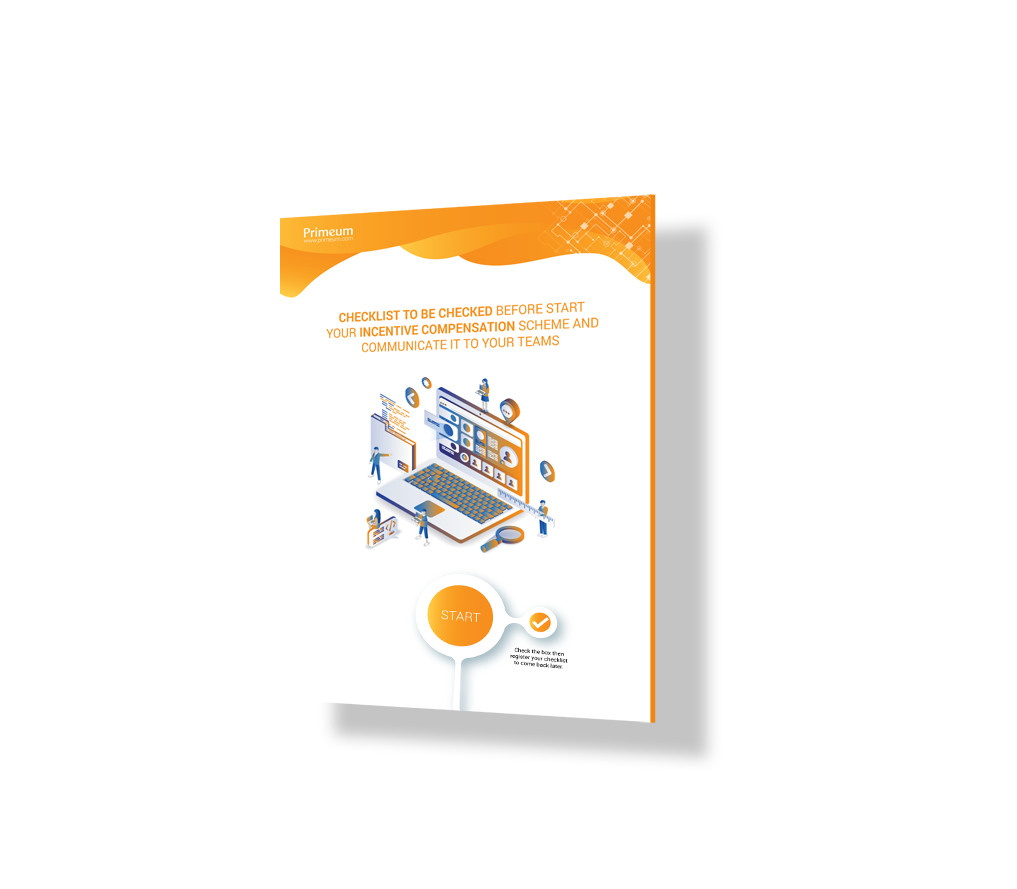“In addition to the NPS, every month, one or two employees from the customer relations department come to the management committee to provide customer feedback. They choose this feedback to show us things they are proud of, but also areas for improvement so that we are all aware of them. In this way, the customer’s voice is brought as close as possible to the strategy so that all the issues are taken into account,” says Corinne Hochart, CEO of Oney France (article from relationclientmag.fr)
Would your customers and partners recommend your services? This is the tricky question that has to be answered by measuring your NPS (Net Promoter Score), the well-known customer satisfaction indicator. Widely used in the BtoC sector, NPSs are continuing to make headway in French companies, which do not hesitate to implement it to improve customer satisfaction, but also the quality of service provided by employees. How do NPSs work? How does this performance indicator fit into a broader incentive compensation strategy? Find out in this article.
What is a company’s Net Promoter Score or NPS?
“The ‘Products and Services’ NPS is part of the incentive compensation of all employees,” says Corinne Hochart, CEO of Oney France (article from relationclientmag.fr).
A company’s Net Promoter Score or NPS is an indicator of customer satisfaction and loyalty. It can also be defined as an indicator of the likelihood that users will recommend a product, brand or service.
The NPS was developed by Fred Reicheld, an American specialist in customer loyalty, in his book “The Ultimate Question” published in 2003. Since the principle behind NPSs is relatively simple, they have quickly become a reference indicator for measuring customer satisfaction in companies.
In their simplest and most common form, NPSs involve posing a key question to users of a brand or service: “How likely are you to recommend this brand or service to a friend or colleague?”
Respondents assess the likelihood of recommending a brand by giving a score of 0 (not at all likely) to 10 (extremely likely). Based on the score given by the customer, the customer is classified into one of three categories defined by the NPS: Promoters (for scores of 9 to 10), Passives (for scores of 7 to 8), and Detractors (for scores of 0 to 6).
Customer reviews: a communication challenge
To better measure customer satisfaction, different question scenarios can be proposed depending on the group to which the customer belongs. For example, the main question can be linked to secondary questions that provide a deeper level of information on customer feedback. For example, a promoter may be asked what they liked most about their purchase, while a detractor may be asked what elements of their experience they didn’t like.
With the advent of social media and company rating systems, more and more companies are asking their customers, and more particularly promoters, to post a review, which will logically be favourable. Trustfolio and Trustpilot are two customer recommendation platforms that allow promoters to become true ambassadors of a brand or company. These platforms are responsible for collecting the opinions of customers identified as promoters and ensure their reviews are authentic for an external audience.
Customer feedback at the heart of NPSs
There can be as many NPS as there are customer touch points. For instance, an NPS can be found with complaints, when the customer embarks on a collection process or when they use the various digital channels throughout their experience. The evaluation of customer satisfaction enabled by NPSs can be applied to all stages of the customer experience and is adapted to its omni-channel nature.

NPSs are an essential tool for customer satisfaction. Source: easiware.com
An NPS incorporated into the incentive compensation strategy: the case of the Oney Group
Today, companies are increasingly deciding to implement several different NPSs to measure customer satisfaction as accurately as possible. This is the case for Oney France, an online bank specialising in payment solutions and financial services, which measures more than six different NPSs to have a perspective that is as close as possible to actual customer feedback. In an article on relationclientmag.fr, Corinne Hochart, CEO of Oney France, explains “we monitor six NPSs. The whole management committee receives the six NPS every week, on Monday, with the score and verbatim comments relating to each one. Each department can then work on the levers with the customer relations department”.
Within the Oney Group, the global NPS “Products and Services” is part of the incentive compensation of all the company’s employees. “In our ‘collection’ activity, for example, you can see the importance of using NPSs. In our work, we believe a customer who is in arrears hasn’t chosen to be. We have to work with them to find all the solutions to enable them to get out of this debt situation,” says Hochart. The aim for the group, which is keen to measure customer satisfaction at this sensitive stage in the life of the customer, is to establish a lasting relationship of trust with them.
Six NPSs for an overall view of customer satisfaction
Among the six NPSs measured at Oney France, there is an overall NPS, the “Oney Products and Services NPS”, along with five other NPSs to measure customer satisfaction with the use of products and customer relations channels: NPS Incoming Call (phone), NPS Interactive (digital channels), NPS Customer Solution (collection), NPS Partner Call Centre (which evaluates cashiers responsible for supporting customers with their financing of partner brands) and finally, a fifth and final indicator which takes the form of a satisfaction survey on complaints to measure service quality.
The company is taking the incorporation of NPSs into its customer relations strategy even further and has decided to integrate all customer interactions, from the initial contact to payment. In addition, the group is banking on omni-channel retail and integrating all possible channels of interaction with its customers, from phone to email, chat, but also social media. This creates a centralised vision of customer relations that gives pride of place to omni-channel sales, allowing a detailed analysis of all possible customer touch points.





